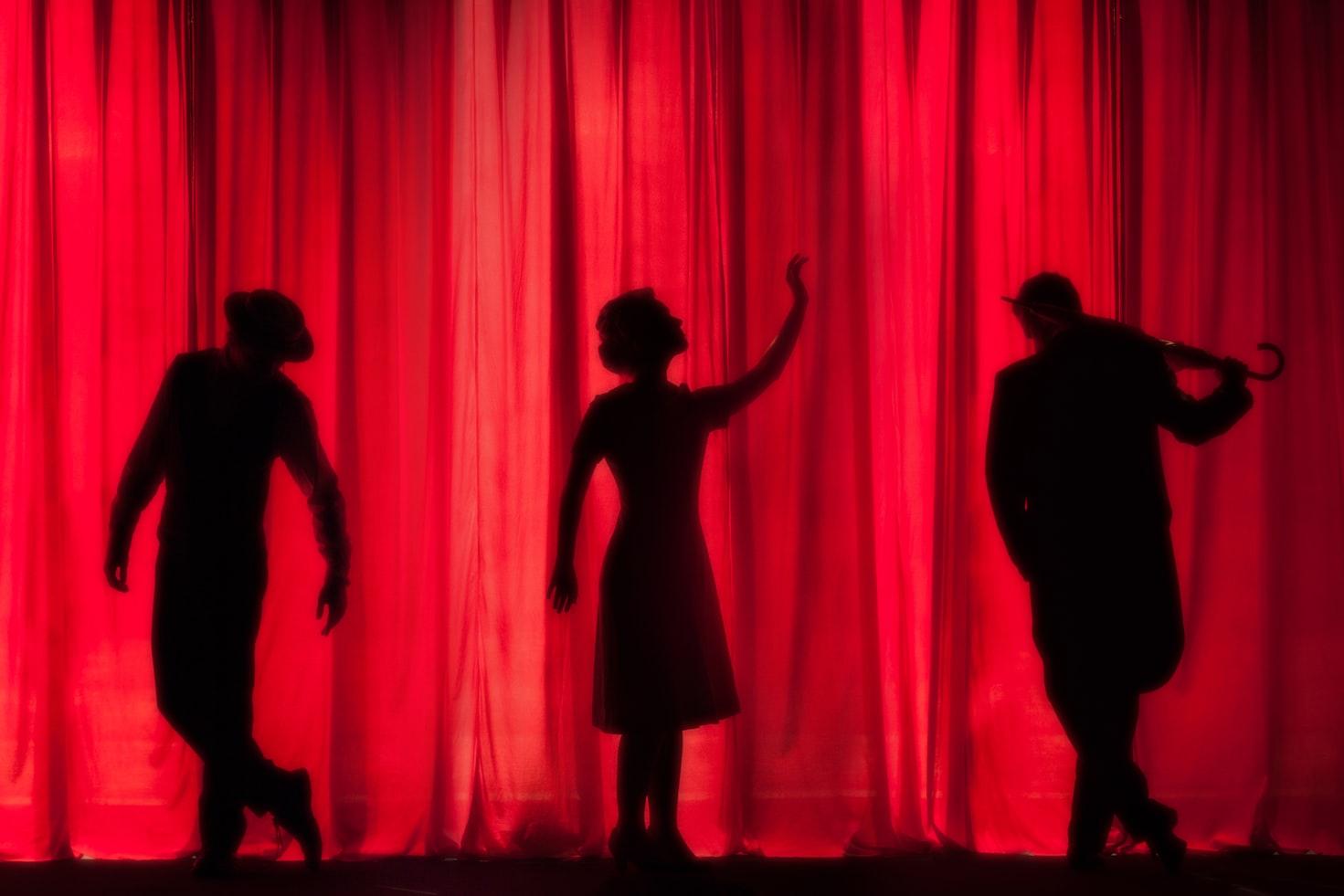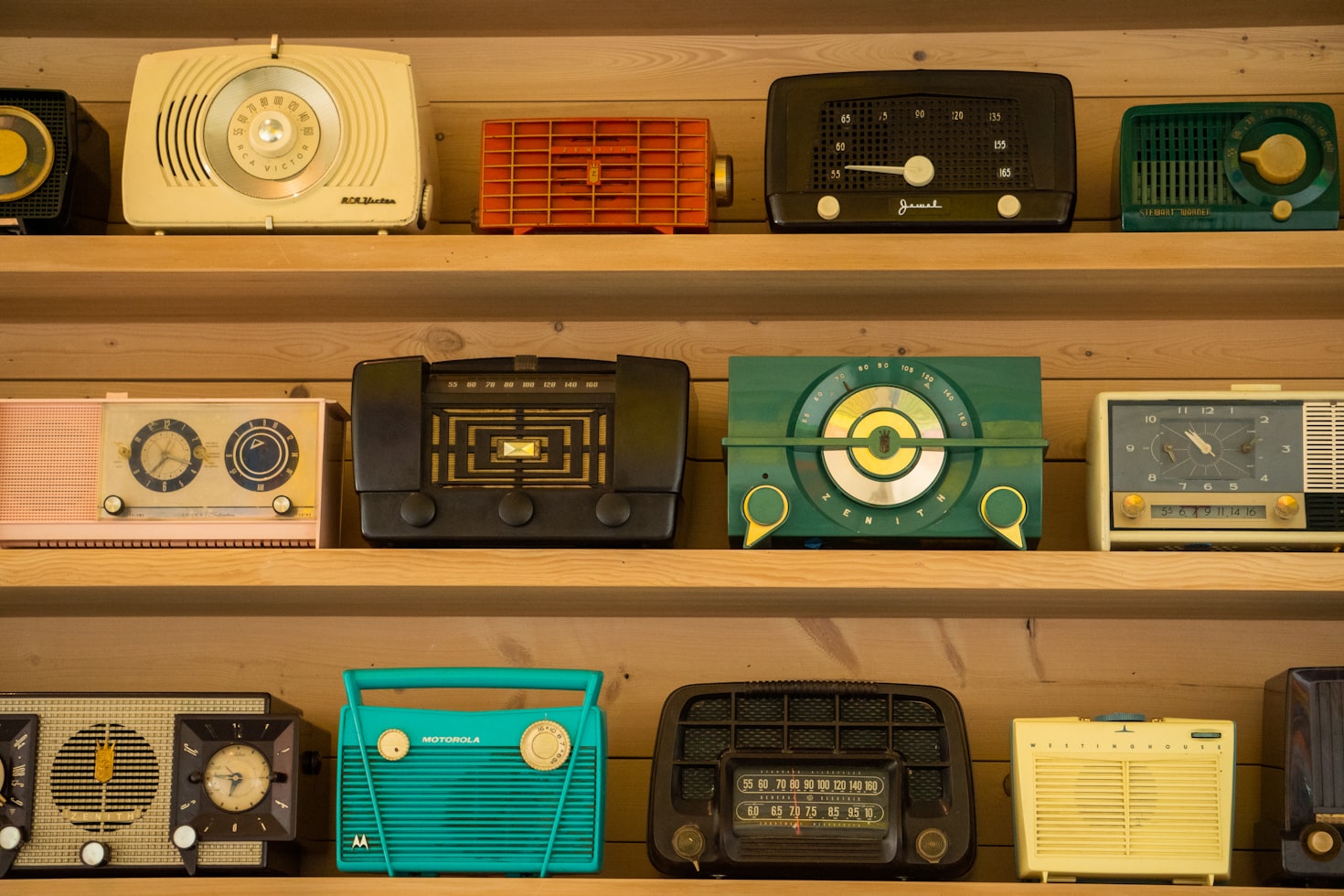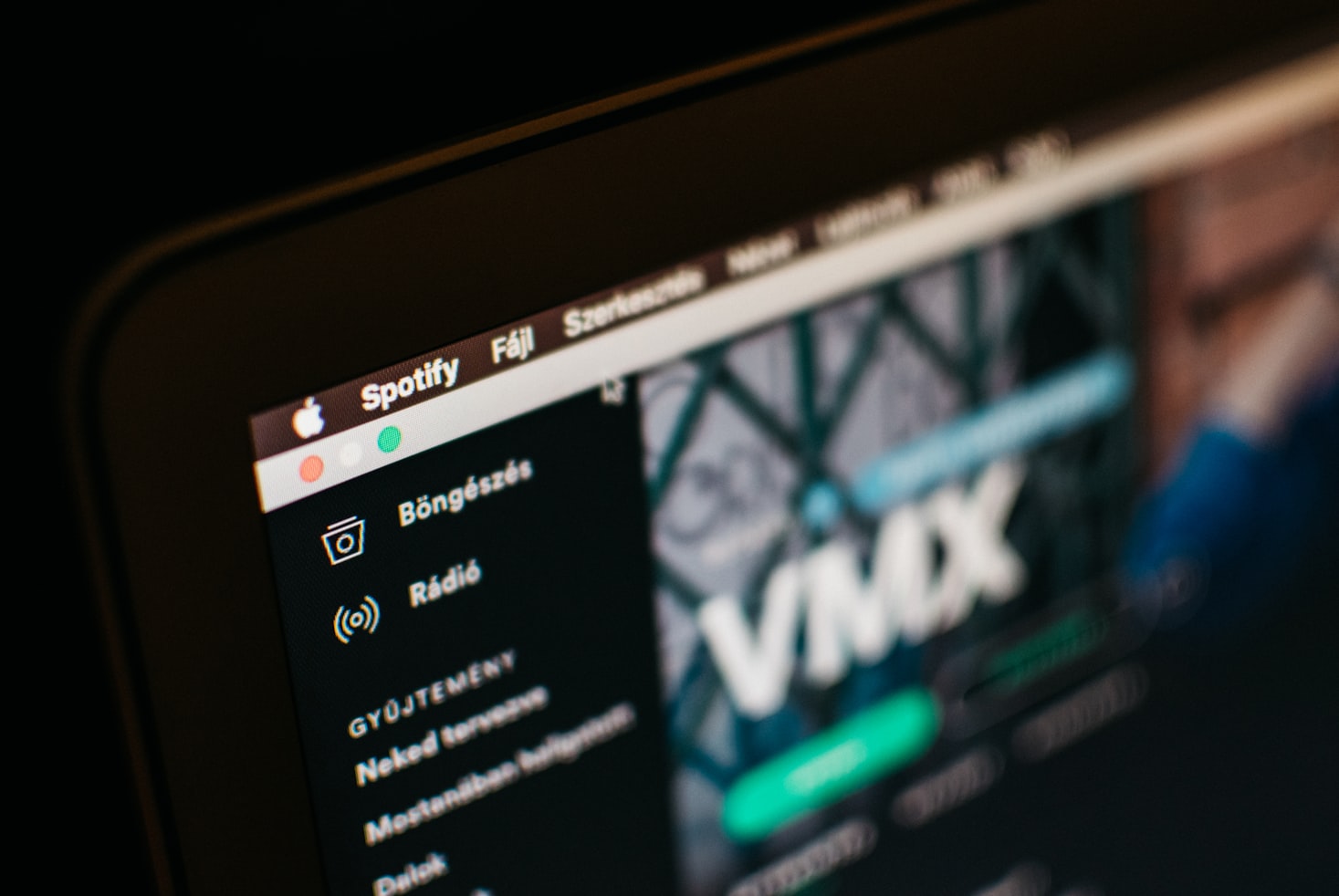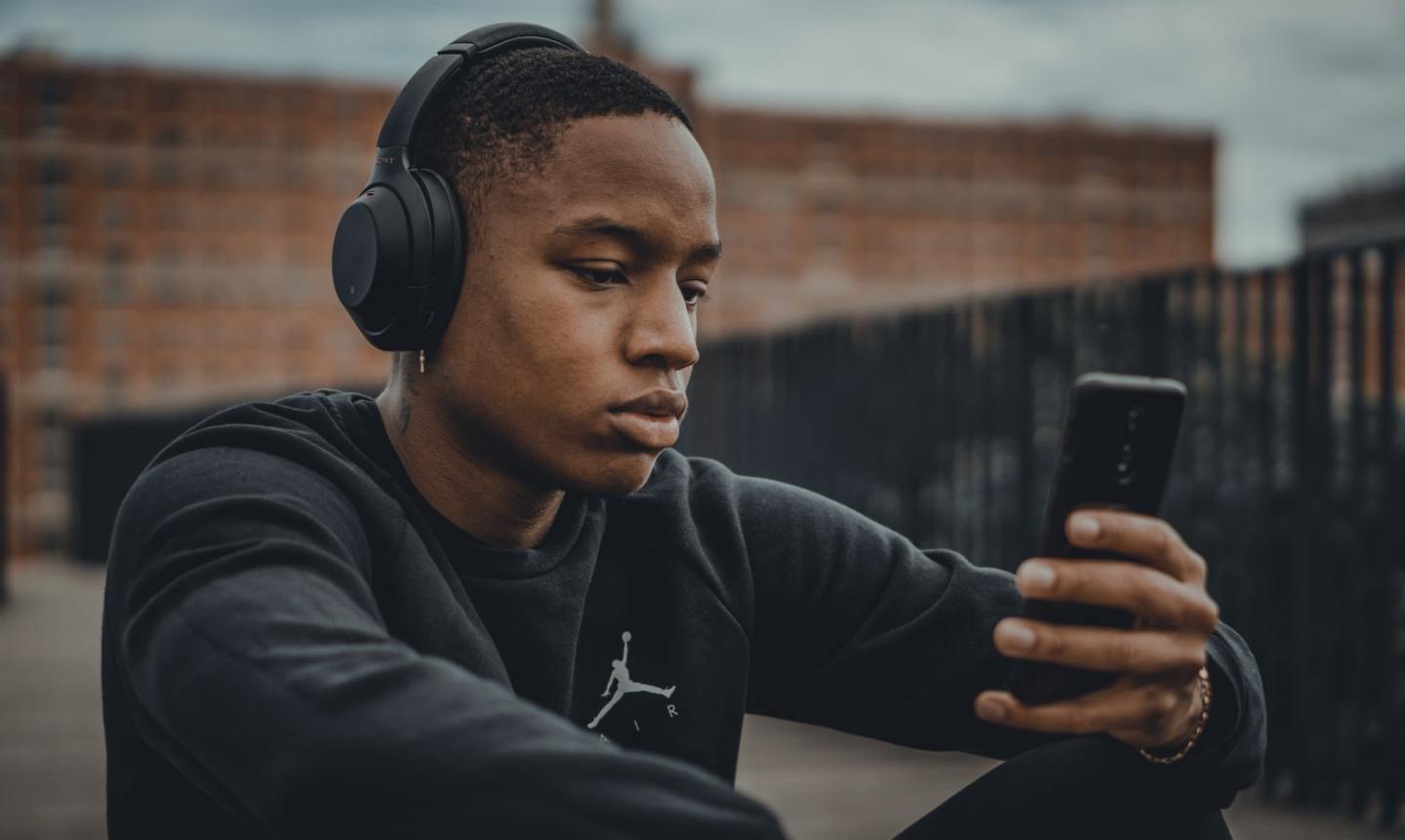What do pastors and record labels have in common? They always seem to know more than you do. Accordingly, we will massively upgrade your knowledge in the next 5 minutes with a clear, and concise breakdown of the 8 types of music royalties in today’s industry. Although you might be on your phone right now, you may wanna grab a pen and paper to cement down the incoming stream of new information. Have fun and don’t let the terminology scare you.
8. Print Rights Royalties

Did you know that the sheet music industry alone is worth more than $1 billion?? Printed music refers to the instances when there’s a transcription of your music be it the lyrics to your song in a songbook or the chords to your instrumental in a digital .PDF file. Whenever there’s a detailed breakdown of your music, if you’re the songwriter, you’re owed Print Rights Royalties. While Print Rights by definition SHOULD cover all websites displaying the lyrics to your songs, usually they’re only paid when the printer (person interested in publishing the songbook) acts in good faith and directly sends checks to the publisher who then shares the cut with the songwriters. Recording artists alone are not owed print rights since they don’t directly perform the reproduced print piece. A printed music license in the US is usually non-exclusive and limited to 3 years.
7. Grand Rights Royalties

The fastest way for you to memorize what grand rights royalties are paid for is to associate the word Grand with Drama. Both publishers and songwriters are owed royalties when their common composition is used by the likes of broadway shows, theater plays, concert dances, etc. Songs used in public dramatic stage performances generate grand rights royalties.
6. Sync Rights Royalties

Think of all the movie soundtracks, video games music, commercial jingles, TV shows theme songs, and so on. Plainly put, sync rights royalties are royalties generated by third parties who are using your music in audio-visual reproductions to sell their own product. Synch royalties are paid to everyone: songwriter, publisher, record label, and recording artist. Probably why everyone is killing themselves these days to land a commercial spot or a movie placement: everybody gets to eat from the pie.
5. Digital Performance Royalties

What do SiriusXM, Pandora, and iHeartRadio have in common? They’re non-interactive platforms. This means the users don’t actually choose to listen to your song but it gets pushed to them by the platform, so you are owed digital performance royalties. This is very different from the likes of Spotify or Tidal where the user can pick and choose what they listen to. Think of digital radio. That’s what digital performance royalties are. The recording artist and the recording label are the sole receivers of the payments.
4. Neighboring Rights Royalties

Every single time your music is played in one of the following locations, if you are the person whose voice is heard on the song, you’re owed neighboring rights royalties.
- Shops
- Concerts
- Restaurants
- Bars
- Night clubs
- Shopping malls
- Gyms
- Hotel Elevators
- Casinos
Every public venue playing music owes neighboring rights royalties. Major NOTE: these royalties are only paid for the reproduction of the master to the recording artist and the recording label.
3. Public Performance Royalties

The exact same rules apply for public venues playing your music as number 4 but this time the other 2 guys get to eat for the music they’ve created: the songwriter and the publisher. So if you’ve only sung without writing, you are not entitled to these royalties. If, however, you both sing on the record and participated in writing it, you are entitled to both public performance royalties and neighboring rights royalties.
2. Mechanical Royalties

Mechanical royalties owe their existence to the 1909 Copyright Law when US Congress demanded that music publishers be paid in case of mechanical reproduction of an instrumental on a player-piano roll. Yes, dinosaur stuff.
In 2022, mechanical royalties are earned by songwriters and publishers every single time their song is distributed in physical form or digitally. However, digital reproduction calls for mechanical royalties when it’s on-demand (on-demand streaming or download-to-own services). So when the user picks you, if you are the songwriter, you get paid mechanical royalties.
1. Streaming Royalties

The holy grail of the most streamed artists! Streaming royalties are owed to the recording artist and recording label whenever someone is hearing out music on Spotify, Tidal, YouTube, Deezer, Apple etc. They’re the counterbalance of number 2. Yes, a very similar system to 3 and 4. Mechanical rights are paid to the publisher and songwriter while streaming royalties to the artist and label. Everyone pays differently so there is no accurate way of pre-determining the outcome from even a million streams in today’s world.
Blue Rhymez Entertainment ©2022
If you want to make the world a better place by helping 50 stellar indie artists arduously working 24/7 to give you authentic music, stream the playlist below.
